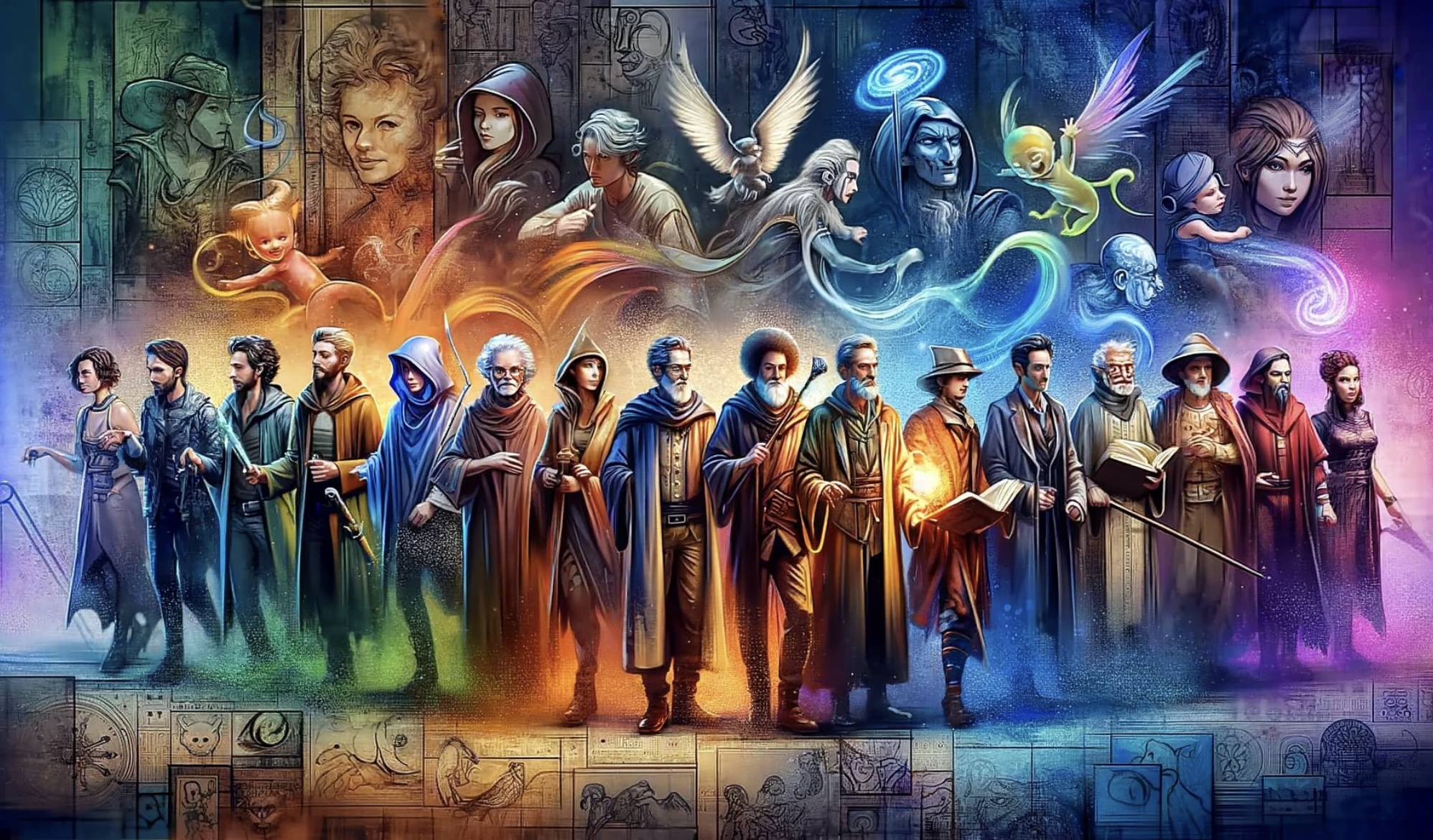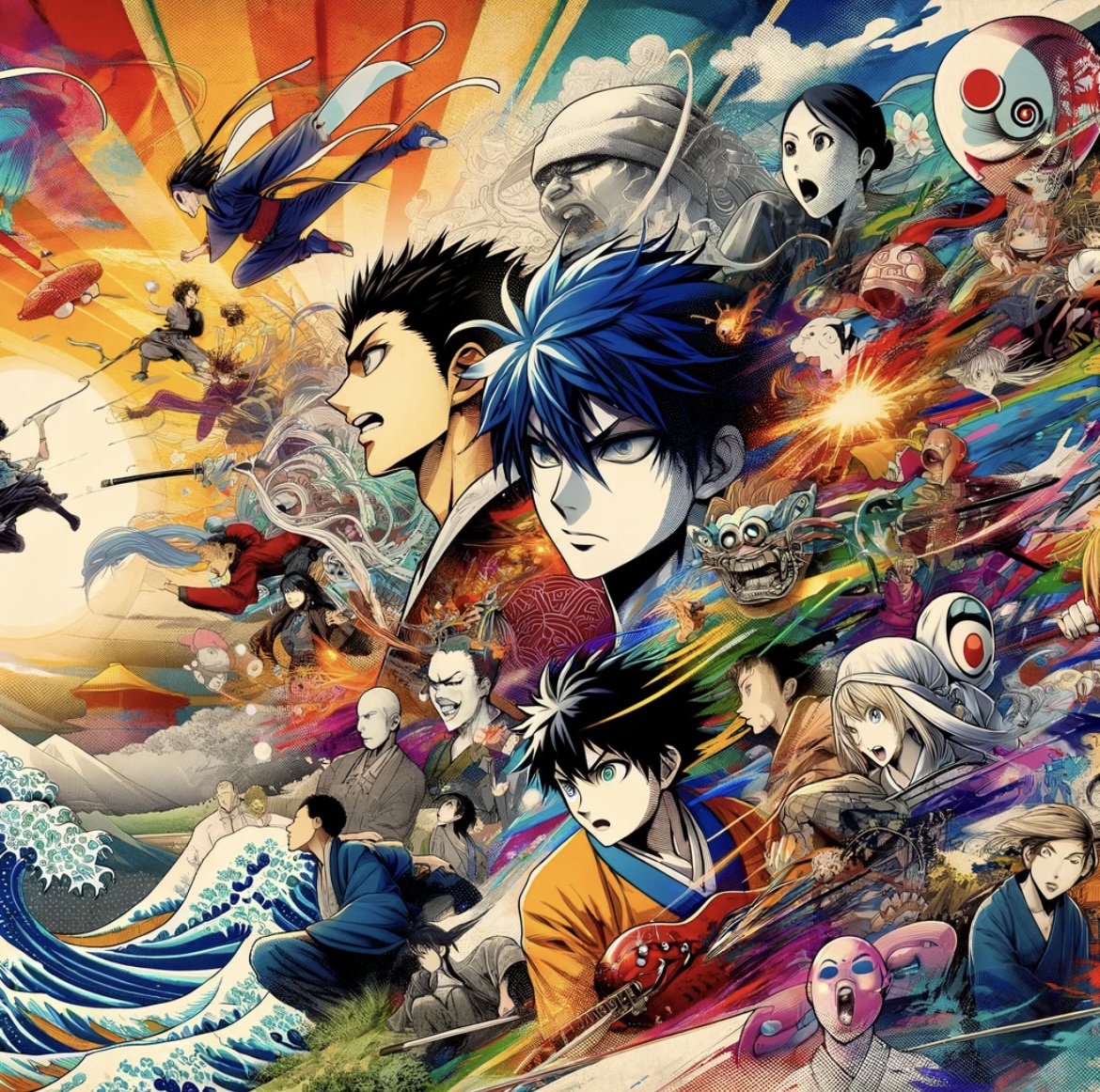Exploring Character Archetypes in Storytelling
Hey there! Ready to dive into the characters that make our stories tick? In this article, we’re exploring character archetypes and their role in storytelling, with definitions, examples, and ways writers can rejuvenate these timeless templates to captivate modern audiences. Why create just a character when you can create a legend? So, grab a cup of coffee, and let’s get started!

What is a Character Archetype?
Imagine archetypes as the DNA of a character. They’re not your average Joe but rather the essence of human experiences. Think of them as the roots from which your character tree grows.
Definition and Origin:
A character archetype is a recurrent symbol or motif in literature, art, or mythology. Historically rooted in Carl Jung’s theories, these archetypes represent universal patterns of human nature. They are not just mere characters, but rather symbols embodying fundamental human desires, fears, and motivations.
Role in Storytelling:
In storytelling, archetypes serve as foundational blueprints for characters. They provide a framework that writers can build upon to develop nuanced and multi-dimensional characters. Archetypes are like the scaffolding of a building, invisible yet essential.
Beyond Stereotypes:
It’s crucial to differentiate archetypes from stereotypes. While stereotypes are oversimplified and often offensive generalizations, archetypes are flexible and open to interpretation. They are starting points, not end goals, allowing for creativity and depth.
Character Archetypes in Writing
Here’s where it gets fun. You’ve got your Heroes and Villains, right? But wait, there’s more. What about the Rebel, the Caregiver or the ever-mysterious Shadow? Each archetype comes with its unique flavor. It’s like a party where every guest has a story to tell.
9 Classic Character Archetypes
Some of the most common character archetypes in literature and storytelling include:
- The Hero: Perhaps the most recognized archetype. Embodied by characters who overcome adversity through courage and strength, heroes are the central figures in many narratives. They often undergo a significant transformation, a journey that reflects the story’s core theme.
- The Mentor: Offers guidance and support to the hero. Wise and experienced, mentors are crucial in propelling the hero’s journey forward, often providing them with the tools or knowledge necessary to overcome challenges.
- The Villain: Embodies opposition and challenges the hero, often representing conflicting values or goals. This character is essential in creating tension and driving the narrative, testing the hero’s resolve and values.
- The Shadow: Represents the antagonist, often mirroring the darker aspects of the hero. This archetype is not just a villain for the sake of evil; rather, the Shadow often has complex motivations and is integral in highlighting the hero’s virtues.
- The Ally: Supports and aids the hero on their journey.
- The Herald: Announces the need for change or adventure.
- The Trickster: Brings about change through mischief and cunning.
- The Shapeshifter: Characters whose motivations or allegiances are unclear.
- The Guardian: Protects or blocks the hero on their journey.
These archetypes serve as foundational elements in creating complex and engaging characters in storytelling.
7 Modern Character Archetypes
Modern times have seen the development and recognition of several character archetypes in literature and film. Some examples include:
- The Caregiver: This archetype is compassionate and nurturing, often prioritizing the needs of others. They are kind and generous but can be vulnerable to manipulation. Notable examples include John Watson from “Sherlock” and Sam Wise from “Lord of the Rings.”
- The Castaway: Often a loner and introspective, this archetype observes from a distance and is devoted and loyal. They can be gullible and emotional, as seen in characters like Frodo from “Lord of the Rings.”
- The Leader: This archetype embodies responsibility, often leading a group or community. They are characterized by qualities like strength, reliability, and a focus on team players. Examples include Gandalf from “Lord of the Rings” and Selina Meyer from “Veep.”
- The Manic Pixie Dream Girl: This archetype typically describes a female character who is quirky, whimsical, and enigmatic, often existing mainly to teach and transform the male protagonist. The term was coined by film critic Nathan Rabin and has been subject to criticism for its portrayal of one-dimensional female characters whose primary purpose is to help the male lead find happiness without pursuing their own independent goals or character development.
- The Rebel: Energetic and individualistic, the Rebel seeks to challenge the status quo. They are brave and capable but can also be cynical. Characters like Tyler Durden from “Fight Club” and Katniss Everdeen from “The Hunger Games” are examples.
- The Seducer: Known for their charm and charisma, the Seducer is confident and persuasive but can be manipulative. Examples include Han Solo from “Star Wars” and Eames from “Inception.”
- The Wildcard: Unpredictable and often humorous, the Wildcard is impulsive and creative. They can be brutally honest but also meddlesome, as seen in characters like Walter from “The Big Lebowski.”
These modern archetypes reflect evolving narratives and character developments in contemporary storytelling. They offer nuanced and complex traits compared to traditional archetypes, enriching the stories they inhabit.
Archetypes vs. Stock Characters: What’s the Difference?
So, what sets apart an archetype from a clichéd stock character? It’s all about depth. While stock characters are like those background extras in movies, archetypes are the lead actors with a story to tell and a journey to embark upon. They’re the ones who stick with us long after the story ends.
Defining Stock Characters:
Stock characters are more rigid and less developed than archetypes. They are the familiar figures in literature and media, often used for immediate recognition but with little depth.
Key Differences:
While archetypes serve as a foundation for character development, offering flexibility and depth, stock characters are more static and predictable. Archetypes invite creativity, while stock characters often rely on convention.
The Interplay:
Understanding the interplay between archetypes and stock characters is essential in storytelling. While archetypes can evolve into complex characters, stock characters often remain as they are, serving specific, often minor, roles in the narrative.
How Can Writers Give Old Archetypes New Life?
Here’s the real challenge: how do you take these ancient archetypes and make them dance to a modern tune? It’s all about adding a twist, mixing and matching, and giving them dimensions that surprise your readers. Think of it as giving an old song a fresh remix.
Subverting Expectations:
One effective way to rejuvenate an archetype is to subvert audience expectations. This involves taking the familiar traits of an archetype and twisting them in an unexpected way, creating a character that feels new and intriguing.
Blending Archetypes:
Combining traits from different archetypes can result in a character that is both familiar and fresh. This blend can create complex personalities that resonate more deeply with audiences.
Depth and Complexity:
Adding depth and complexity to an archetype challenges the audience’s preconceived notions. This can be achieved through detailed backstories, nuanced motivations, and dynamic character development.
So, there you have it – a whirlwind tour of character archetypes. By understanding and creatively reinterpreting these archetypes, writers can craft characters that resonate with audiences, offering fresh perspectives on timeless human experiences. Remember, archetypes aren’t rigid molds but rather sparks of inspiration to ignite your storytelling journey. Use them wisely, and watch your characters come to life in ways you never imagined.
Meanwhile, at Dreamers…
Dreamers Writing Prompt Generator

Experience the power of simplicity with our unique writing prompt generator. Designed for writers who crave spontaneity and surprise, our tool delivers one meticulously crafted prompt at a time.
Top 25 Most Popular Manga Right Now

If you’re searching for the most popular Manga right now, this top 25 list is the ideal starting point, whether a beginner or enthusiast.